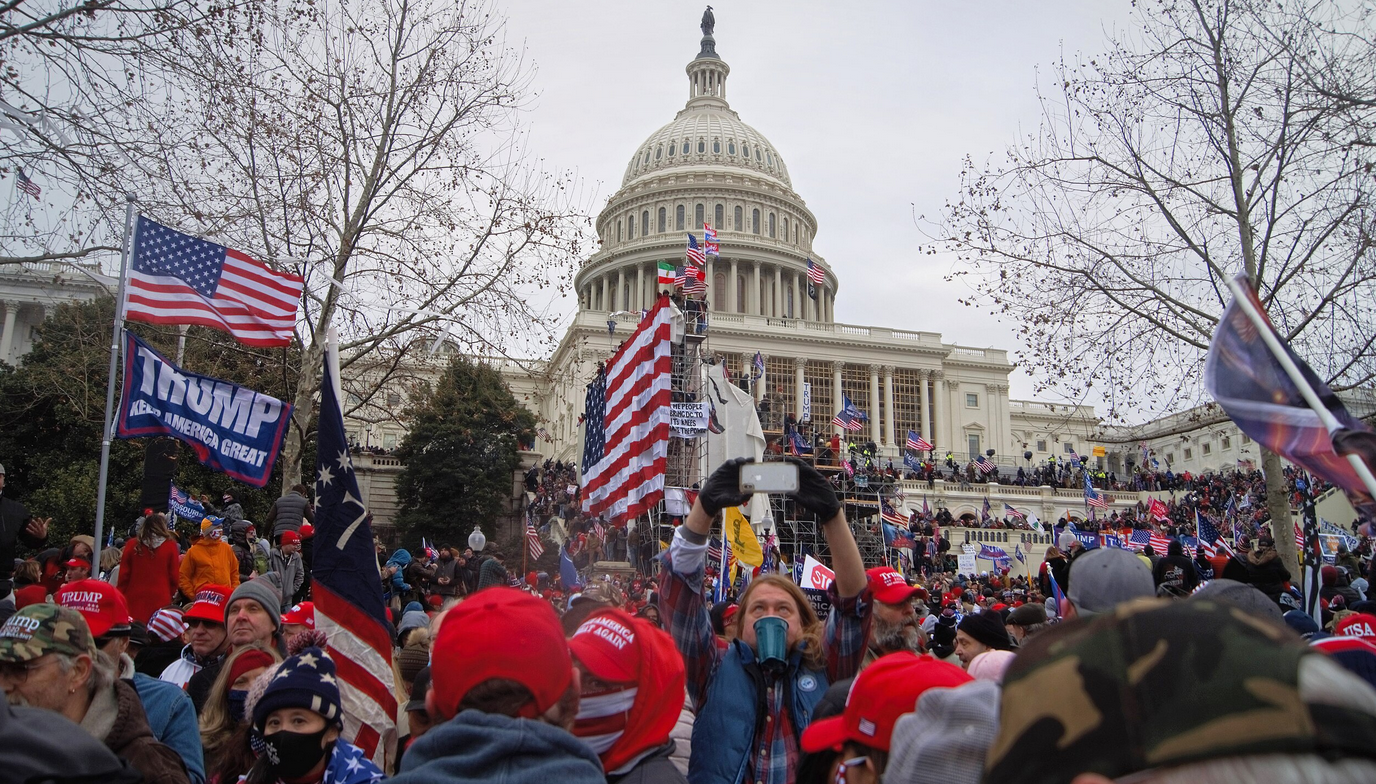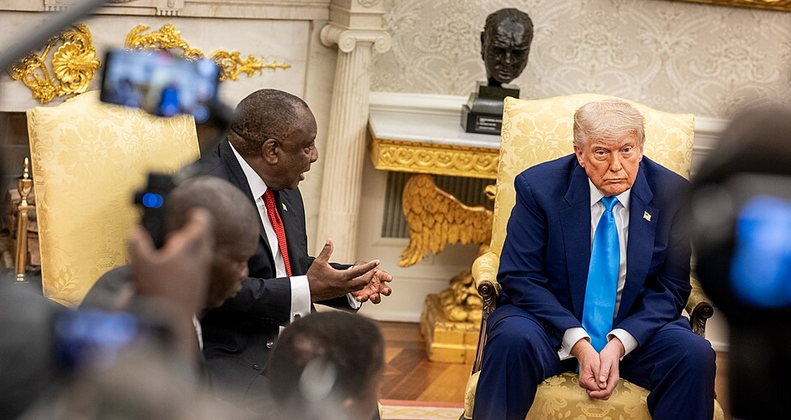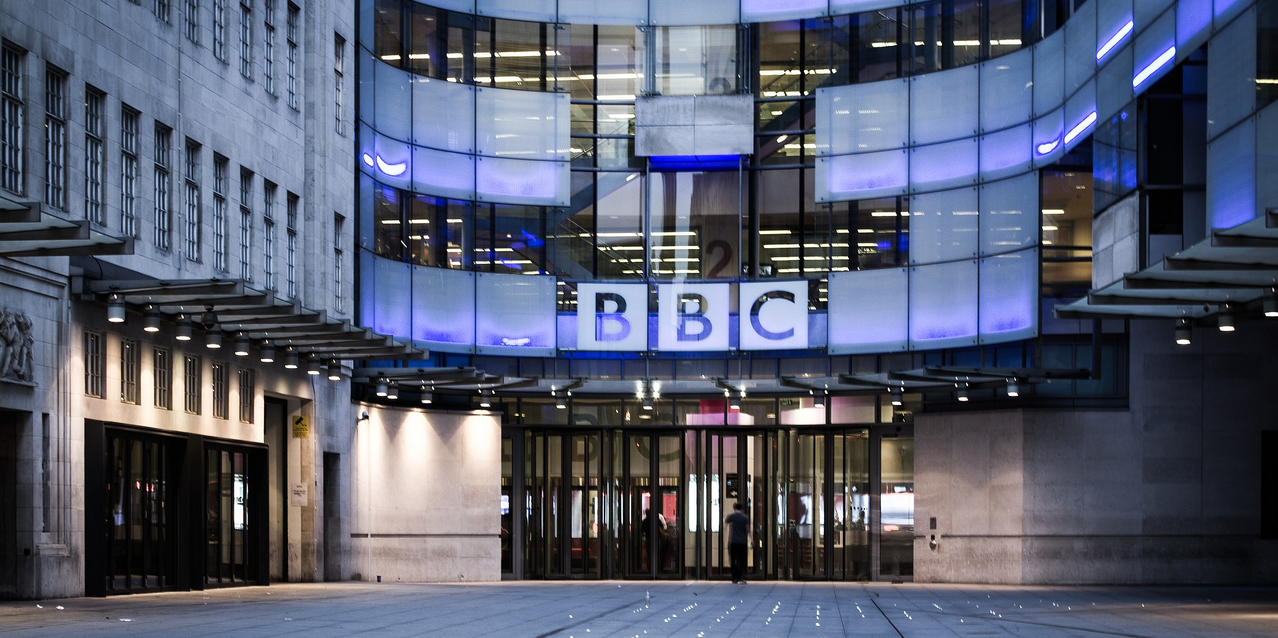Predicting future challenges and trends in brand protection, focusing on evolving legal frameworks and technological advancements.
In an increasingly interconnected and digital-first world, protecting a brand has become more challenging than ever. The rise of e-commerce, social media, and online advertising has opened up new opportunities for businesses to grow, but it has also created vulnerabilities that bad actors can exploit. From counterfeit products to intellectual property theft, brands must stay ahead of emerging threats by adopting cutting-edge strategies and tools. In this article, we’ll explore some of the future trends in brand protection, focusing on evolving legal frameworks and the role of technological advancements like brand monitoring tools PPC in safeguarding businesses.
The Growing Importance of Brand Protection
As brands expand their digital footprints, their exposure to risks also increases. Counterfeit goods, trademark infringement, and online fraud are not just financial threats—they can also erode consumer trust and damage a company’s reputation. Therefore, the future of brand protection will hinge on proactive and sophisticated strategies that incorporate both technology and legal measures.One of the most notable trends is the increasing reliance on brand monitoring tools PPC (Pay-Per-Click) to protect businesses from unauthorized use of their intellectual property in online advertising campaigns. These tools help identify when competitors, counterfeiters, or fraudsters misuse a brand’s name or keywords in paid search ads, ensuring that businesses can maintain control over their digital presence.
Key Challenges in Brand Protection
Before diving into future trends, it’s essential to understand the challenges that brands are currently facing and will likely encounter in the future:
- Counterfeiting and Piracy:
Counterfeit products are a multi-billion-dollar global issue that shows no signs of slowing down. The ease of setting up online marketplaces and the anonymity of the internet make it difficult to track and shut down counterfeiters. - Trademark Infringement in Digital Advertising:
Competitors or bad actors often use trademarked terms in their PPC campaigns to divert traffic and steal customers. This practice not only leads to lost revenue but also confuses consumers. - Social Media and Influencer Fraud:
As social media becomes a key marketing platform, fake accounts, impersonations, and fraudulent endorsements have become significant problems for brands. - Globalization of Threats:
With businesses operating globally, they face challenges in navigating varying legal frameworks and enforcing brand protection across different jurisdictions. - Technology-Driven Threats:
Emerging technologies like deepfakes and AI-generated content are creating new ways for fraudsters to manipulate brand assets and deceive consumers.
Future Trends in Brand Protection
To combat these challenges, brands will need to adapt to a rapidly changing landscape. Here are some of the most significant trends that will shape the future of brand protection:
1. The Rise of Advanced Brand Monitoring Tools for PPC Campaigns
One of the most exciting advancements in brand protection is the development of brand monitoring tools PPC, which allow businesses to monitor how their brand is being used in pay-per-click advertising campaigns. These tools enable companies to:
- Identify unauthorized advertisers using their brand name or keywords.
- Track competitors who are bidding on branded terms.
- Ensure compliance with advertising guidelines and prevent ad misrepresentation.
In the future, these tools will become even more sophisticated, leveraging artificial intelligence (AI) to detect patterns of misuse in real-time and automate enforcement actions. For example, a brand monitoring tool might flag and take down infringing ads within minutes, reducing the financial and reputational damage caused by such activities.
2. Blockchain for Supply Chain Transparency
Blockchain technology has the potential to revolutionize brand protection by providing end-to-end transparency in supply chains. By using blockchain, companies can create tamper-proof records of a product’s journey from manufacturing to the end consumer. This can help:
- Verify the authenticity of products.
- Prevent counterfeit goods from entering the supply chain.
- Build consumer trust by offering traceability and proof of origin.
In the future, blockchain adoption will likely expand, especially in industries like luxury goods, pharmaceuticals, and food, where counterfeiting poses significant risks.
3. AI-Powered Threat Detection
Artificial intelligence is already transforming brand protection, and its role will only grow in the coming years. AI-powered tools can analyze vast amounts of data to identify potential threats, such as unauthorized use of a brand’s logo or name across websites, social media, and marketplaces.For example:
- AI can scan millions of online listings to detect counterfeit products.
- Machine learning algorithms can identify phishing websites that impersonate a brand.
- AI-powered sentiment analysis can monitor online conversations to detect negative trends that could harm a brand’s reputation.
As AI continues to evolve, it will enable brands to respond to threats more quickly and effectively.
4. Stronger Global Legal Frameworks
The legal landscape for brand protection is also evolving. Governments and international organizations are recognizing the need for stronger laws and enforcement mechanisms to combat counterfeiting and intellectual property theft. Some trends to watch:
- Harmonization of Trademark Laws: Efforts to create unified trademark registration systems across regions (e.g., the European Union’s Trademark system) will make it easier for brands to protect their intellectual property globally.
- Stricter Penalties for Counterfeiters: Governments may impose harsher penalties on counterfeiters and online platforms that fail to address counterfeit listings.
- Digital Advertising Regulations: New rules may emerge to regulate the use of trademarks in PPC campaigns, ensuring fair competition and protecting brand owners.
5. Collaboration Between Brands and Platforms
In the fight against counterfeiting and trademark infringement, collaboration is key. E-commerce giants like Amazon and Alibaba have already begun working with brands to tackle counterfeit goods through initiatives like Amazon’s Brand Registry and Alibaba’s IP Protection Platform.In the future, we can expect more partnerships between brands, tech companies, and governments to share data and build comprehensive brand protection ecosystems. These collaborations will also focus on educating consumers about how to identify authentic products and report counterfeit goods.
6. Consumer-Centric Brand Protection
Consumers are becoming more aware of issues like counterfeiting and brand impersonation, and they expect brands to take proactive steps to protect them. Future brand protection strategies will likely include:
- Interactive Tools for Consumers: Apps and platforms that allow consumers to verify the authenticity of products in real-time using QR codes, NFC technology, or blockchain.
- Education Campaigns: Efforts to educate consumers about the dangers of counterfeit goods and how to recognize legitimate products.
By involving consumers in the brand protection process, businesses can build stronger relationships and foster loyalty.
7. Addressing Emerging Threats: Deepfakes and Synthetic Media
One of the most concerning trends is the rise of deepfakes and synthetic media, which can be used to create highly convincing fake videos, images, and audio. These technologies could be exploited to impersonate brand ambassadors, spread misinformation, or create fake endorsements.To combat this, brands will need to invest in technologies that can detect and counter deepfakes, as well as establish clear policies for handling such incidents.
Conclusion
The future of brand protection will be shaped by a combination of technological advancements and evolving legal frameworks. Tools like brand monitoring tools PPC will play a critical role in helping businesses safeguard their digital presence, while technologies like blockchain and AI will provide new ways to tackle counterfeiting and fraud. At the same time, collaboration between brands, platforms, and governments will be essential to creating a safer and more transparent marketplace.As threats continue to evolve, brands must stay vigilant and proactive, leveraging cutting-edge tools and strategies to protect their reputation and maintain consumer trust. The brands that succeed in the future will be those that view brand protection not as a reactive measure, but as a fundamental pillar of their business strategy.







